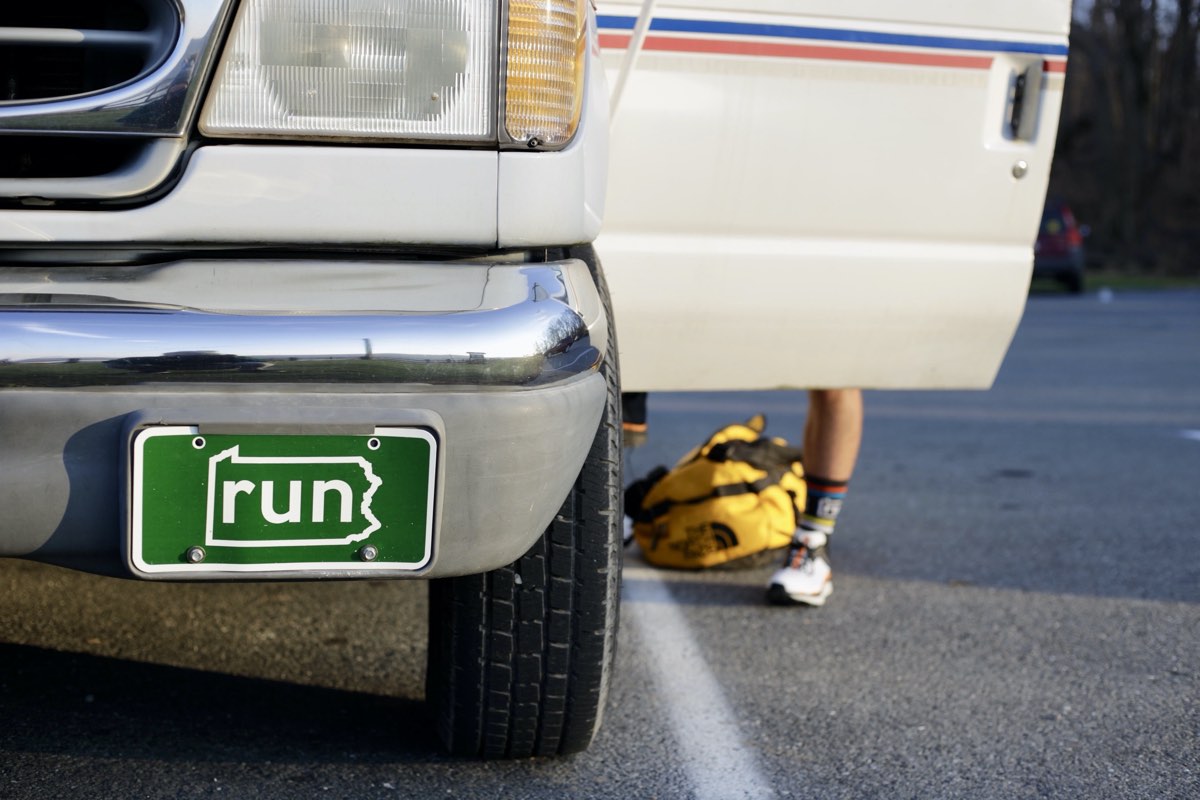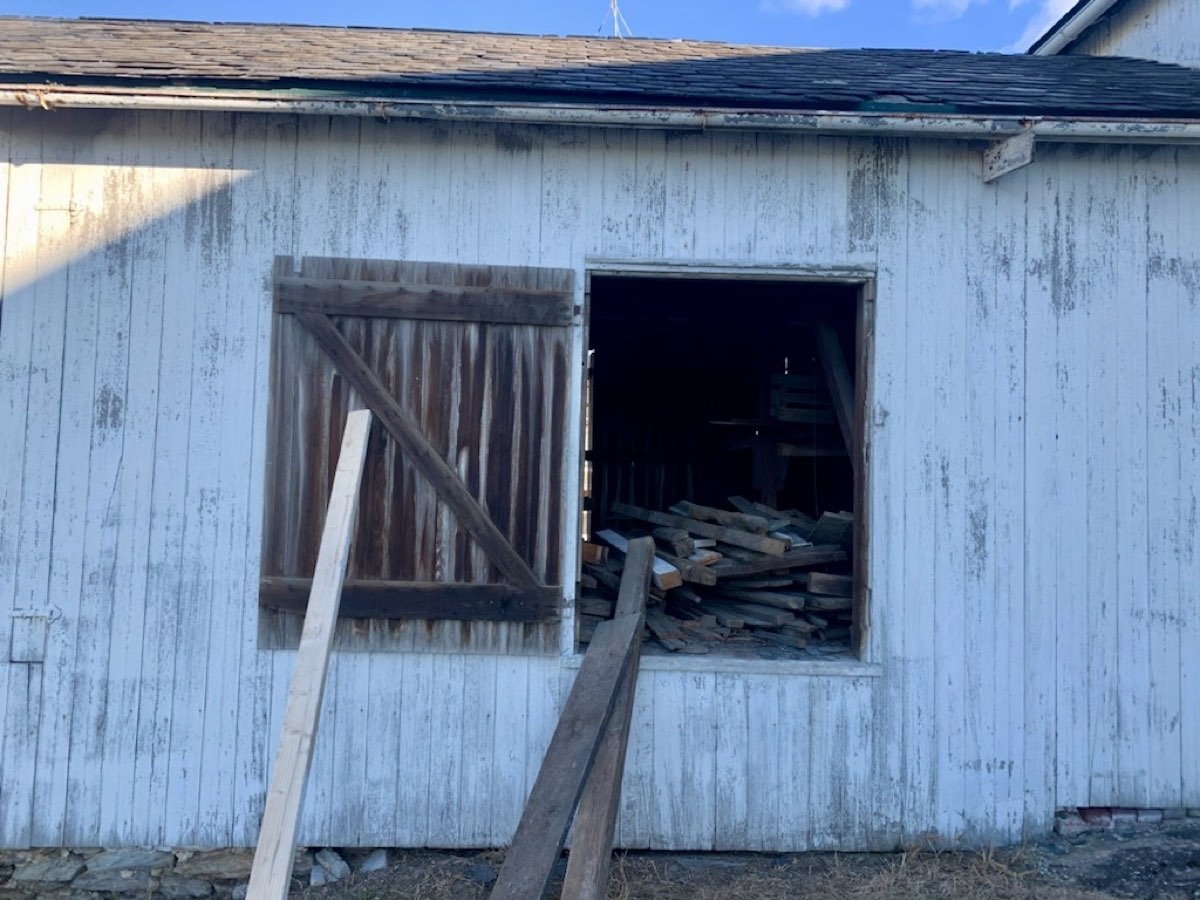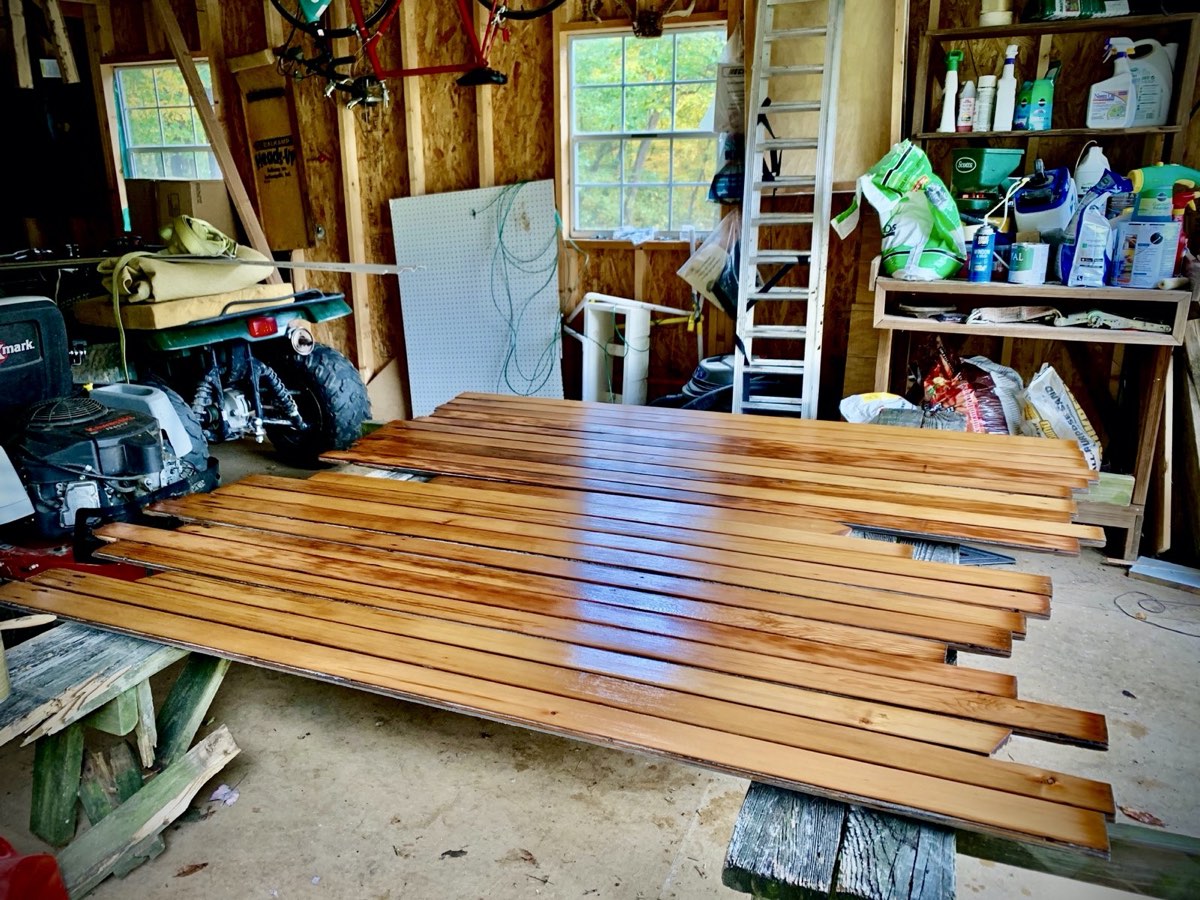Roughly nine years ago, I rebuilt myself as a runner. And now I’m rebuilding myself again.
Back then, when I graduated from college and completed my collegiate running career, it took me a few months to find a job. I mowed lawns, filled out job applications, ran, and rode my bicycle. By September, I was quite fit. The months of searching had finally resulted in a new job, and with it, a shift in my lifestyle. The new job brought stress. I still ran and biked, and I even swam. But my training wasn’t at the level that I wanted. I slept too little and was undisciplined in my eating habits. By the next spring, I had gained weight and lost fitness.
Not happy with myself, I started playing around with my diet. I didn’t follow a strict plan. I mostly just became more intentional about what I was eating. I coupled this with a more focused training regimen. Through all this, my fitness went back up and my weight, though not the be-all and end-all, went down.
That summer, I jumped in a half marathon and won in 1:10:55, just five seconds shy of my PR. Pleased with and motivated by my performance, I continued to train. Things went well, but eventually my knee got really cranky. With a running vacation planned for Chamonix, France, I backed off the volume to heal it. This worked, and I was able to log a lot of miles in the Alps, including a four-day adventure around Mont Blanc. By the time I returned to the United States, I was quite fit.
I jumped in a few races and found a bit of success. Then, later that fall and in November of 2013, I struck gold. I won the JFK 50 Mile. From that day forward, my life was never the same. I signed a sponsorship contract, continued my disciplined training and eating habits, and won some more races. In a short period of time, I had gone from running a 10-kilometer PR on the track in college, to struggling to stay in shape while focusing on my job, to a sponsored trail runner doing things I never knew I could. I was a whole new runner.
Not everything was new, but a lot was. For starters, there was my training. In college, it was quite structured. I wore a watch and paid a lot of attention to it. I checked splits, calculated paces, and compared like crazy. The time on my watch was my measure of success. If last week’s tempo run was done at 5:45 minute/mile pace, then this week’s better be the same–or faster. As much as my coach tried to teach me that sometimes it was more about effort than pace, I still raced the clock.
My training had also become a hodge-podge of treadmill miles, stationary biking, road running, trail/mountain running, and even stair climbing. It was a real fruit salad, great for breaking up the monotony of what I had done for so many years. And rather than being a slave to my watch, I transitioned to keeping track of a limited number of variables. For example, I would measure time or distance. I preferred not to know both because then I could calculate pace, and for me, that was a dangerous rabbit hole. My main goal was to chase two things: fitness and strength. I would simply try to accumulate as much of it as I could, and then jump in a race and see what happened. A lot of times it worked.
Fast forward a few years and I’ve now hit a roadblock. After years of no major injuries, I started having trouble with my feet. There have been numerous restarts and false starts and in the end I simply cut to the chase and underwent surgery. As I recover, I have been working on an old shuttle bus that I bought last summer. The work is fun and a good distraction from my injured foot. It’s also teaching me things.
I have made a point to make use of a lot of old materials rather than buying new ones in restoring this bus. To put it simply, I have been building my bus out of whatever I can find in my sister and brother-in-law’s barn. Old floorboards, chicken wire, beat up metal roofing, and old barn wood have all become a part of the build-out. When I pull the materials from the barn they are covered in dirt, dust, and in some cases, pigeon poop. They kind of look like junk, but in them I see potential.
I take them home and clean them up. I dig the old nails out of the wood. I cut, plane, sand, and refinish. By the time it hits the bus, it has been transformed into a whole new thing. Yet, the character and charm of what was seems to hang on. The remade pieces have the stories and experience of old with the functionality of something new. In a sense, it’s better than it ever was.
I like to see myself in a similar light. I think a lot of people, including me, fear that life after surgery will find them a lesser version of their original self. It makes sense. How could the restored pick-up be better than the day it first rolled off the factory line?
Fortunately, for anyone who’s been injured, there is a catch. I learned this from an injured teammate who was likely concerned about not being able to get back to 100%. His doctor helped him to see that even after a setback, you can surpass your previous state, because many of us were never 100% to begin with. Sure, we may have been healthy, but we weren’t at our full potential. No matter how good you were, there is something left to work on. This means that with the right mindset and dedication to the process, we can come back from a setback to a level that surpasses our previous best.
It’s like the materials I pulled out of the barn and the runner I was in college. In their early days they were good, but they had more to give. Back then they were painted boards on a porch or beams in a barn. Now they are charming cabinets and beautiful wood flooring. In college, I spun circles on the track and overanalyzed my training. Now I scale mountains, explore forests, and dive into facets of the endurance world I never touched in college.
As I emerge from this surgery, I’m not the same as I once was. That’s alright, because I now understand that I can become something even better. Like the floorboards on my bus, I can become the best I ever was. I could be remade, and so could you.
Call for Comments
- Have you become a better version of yourself as a runner through a break-down and re-build process like what Zach Miller describes?
- What about this lesson in the rest of life? Have you hit a life roadblock that required you to re-build? And was the end result an improved version of the prior?





